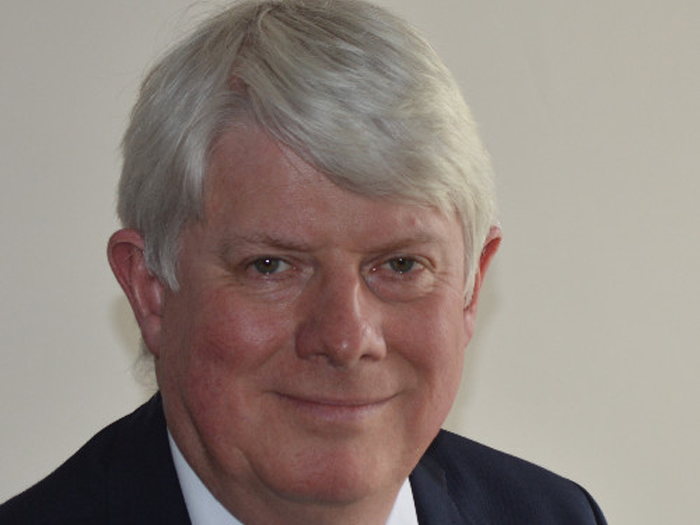Robin Travis is the Managing Director of Renby, a UK based provider of fogging and bulk solids handling systems.
A staple of the British summer and a rite of passage for many people, the festival experience is becoming more about the atmosphere and less about the line-up. Big names alone are no longer enough of a pull, and instead festivalgoers prioritise the food they eat, the friends they make and the memories they create.
If someone looks back fondly on an event, it could be the difference between whether or not they return. There are now hundreds of festivals in the UK, so there are plenty of other choices for them if yours isn’t up to scratch.
Whether it’s the music, the venue, the special effects, or a little something extra, atmosphere is instrumental in creating the moments and memories – it doesn’t matter if it’s Cheltenham Jazz Festival or Creamfields.
Every venue has an atmosphere of sorts, but it’s not always a good one. In a comedy club you can tell the vibe in the room by the amount of laughter, while in a nightclub if people aren’t dancing, you know something needs to be changed.
Atmosphere is similar to personality; it’s not something that you can buy. Some festivals may be able to use light and fog to create it and set the mood, while others may need to use music for ambience. You know when you’ve got an electric atmosphere, and it’s an unbeatable feeling for any events manager. It’s the perfect mix of the personalities, the music, the attitudes, the location, and the special effects that make up an atmosphere that ultimately creates memories.
If you choose the wrong location for your event, you’re going to face an uphill battle no matter the line-up, so find an area that works for you. There’s a reason so many festivals are in green spaces, for example – after all, they foster creativity. The wonders of nature create an unrivalled ambience and sense of sanctuary, which festivals like Lost Village in Lincolnshire capitalise on. That said, it doesn’t mean that festivals in pre-established venues can’t have strong atmospheres, it just might mean using more set dressing to carve out a unique identity. Regardless, if you can choose the right location, you might be able to let the setting do the hard work and save money on extra props.
In terms of special effects, you don’t want to blind your guests but you can take advantage of lighting technology to build up to pivotal moments in the set that support the artist and their performance, and create a bigger sense of excitement than sound alone can provide.
Theatrical fog can also be used to create atmospheric effects. Both outdoor and indoor festivals can benefit from fog, which is used to create and build on specific moods. It accompanies the musicians and artists by creating suspense in their performance, or enhancing drama by shrouding them in a haze. Some theatrical smoke machines also have LED lights built into them to add coloured smoke effects. An added bonus is fog can be used for crowd comfort to make sure the public are regularly cooled down in an otherwise hot, dense environment.
Storytelling concepts are also becoming more commonplace in the festival landscape. Whether you want people to come each year for a different ‘chapter of the story’ or simply offer a more involving experience than those of your competitors, a focus on narrative can further enhance the communal experience, sense of place, and level of immersion. Smoke, lights, and even a bonfire can contribute to the chances of a positive experience that feels authentic.
People often use festivals as quick money makers but that’s not how it should be; there needs to be a unique reason for people to choose your festival out of the other hundreds, and a well built atmosphere can provide this.

